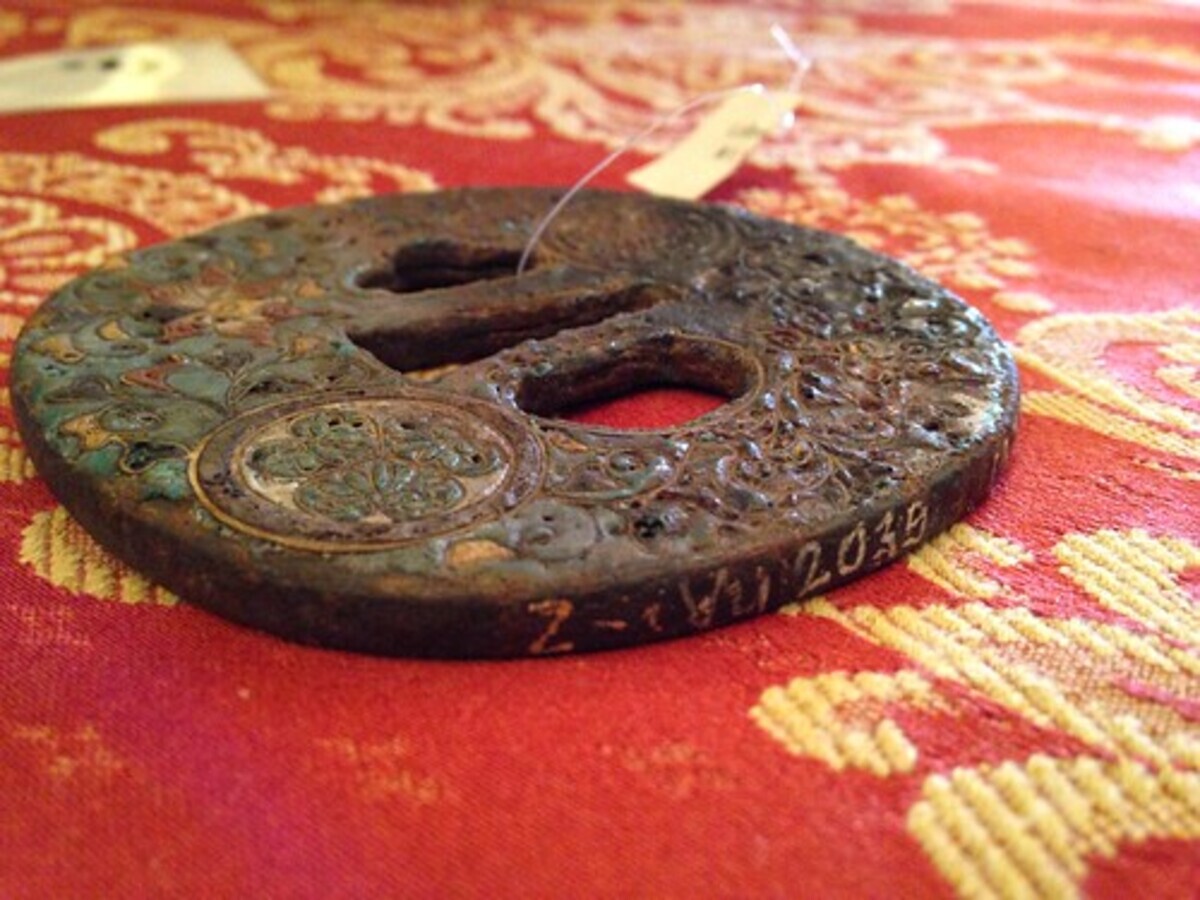No, unfortunately, we only had one chance to see the tsuba, so we took plenty of pictures. Unfortunately, we seem to have lost a few of them, but I'm working on recovering them. I've gone through the ones we have and zoomed in to get a better look. The quality isn't great, but it appears that the inside surface of the tsuba is covered in bumps and there doesn't seem to be any smooth part. You can check out the zoomed-in pictures here https://drive.google...Mwd1o?usp=drive_link
H.


